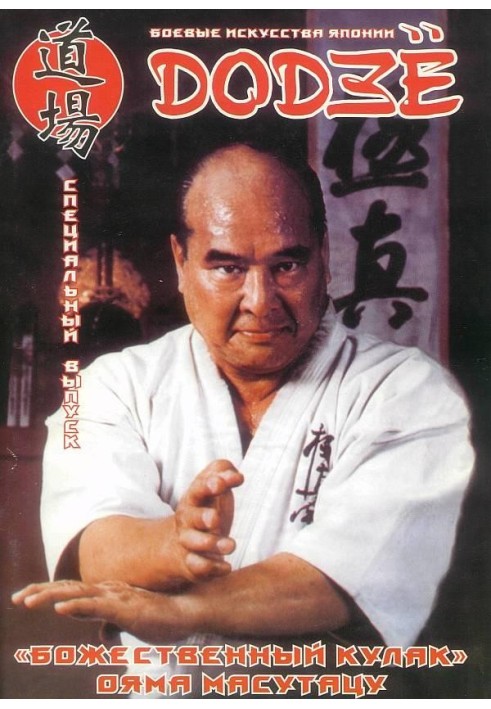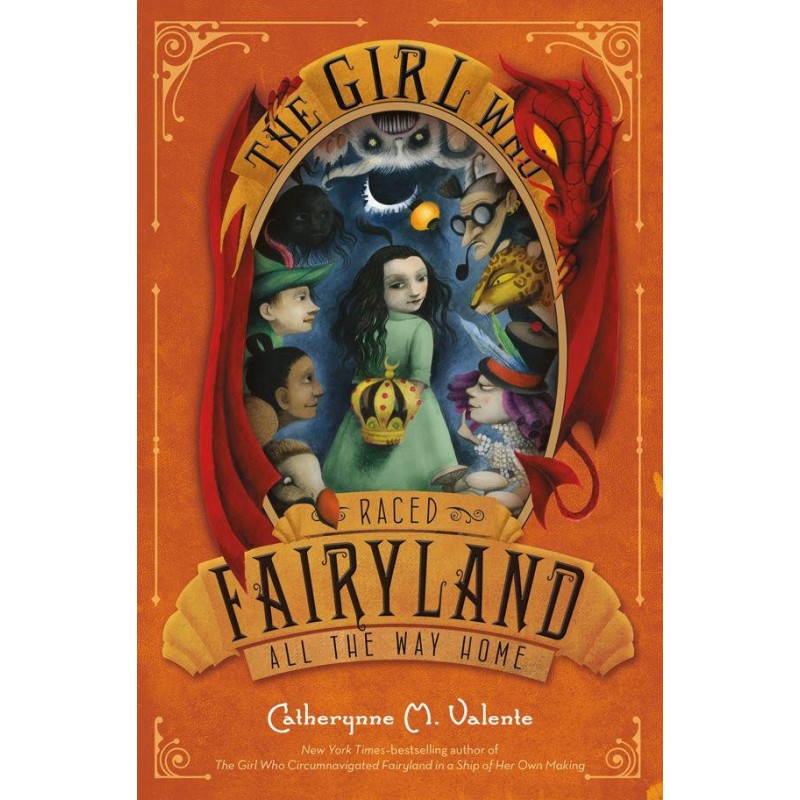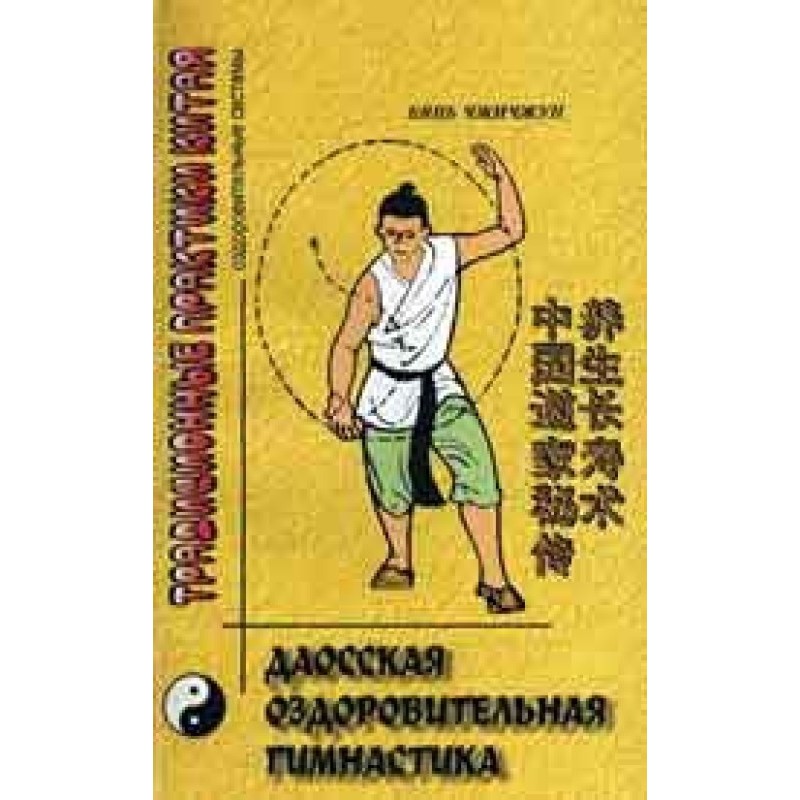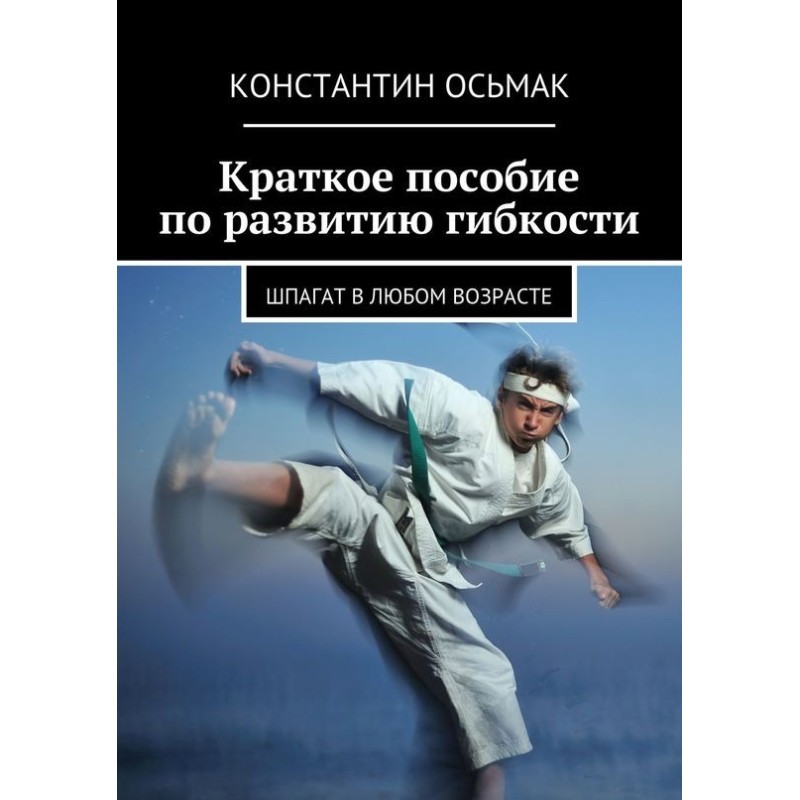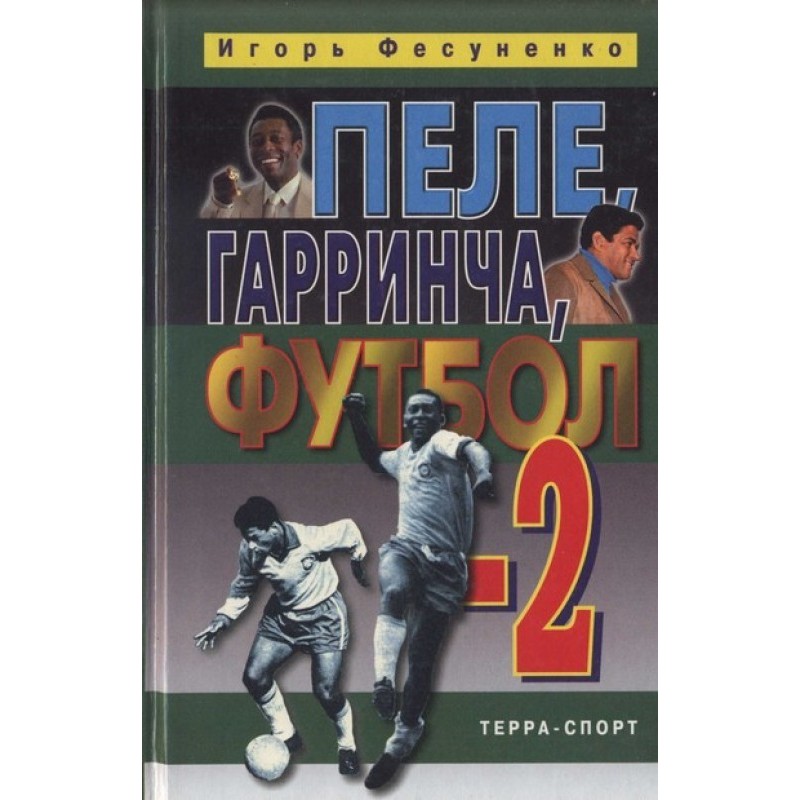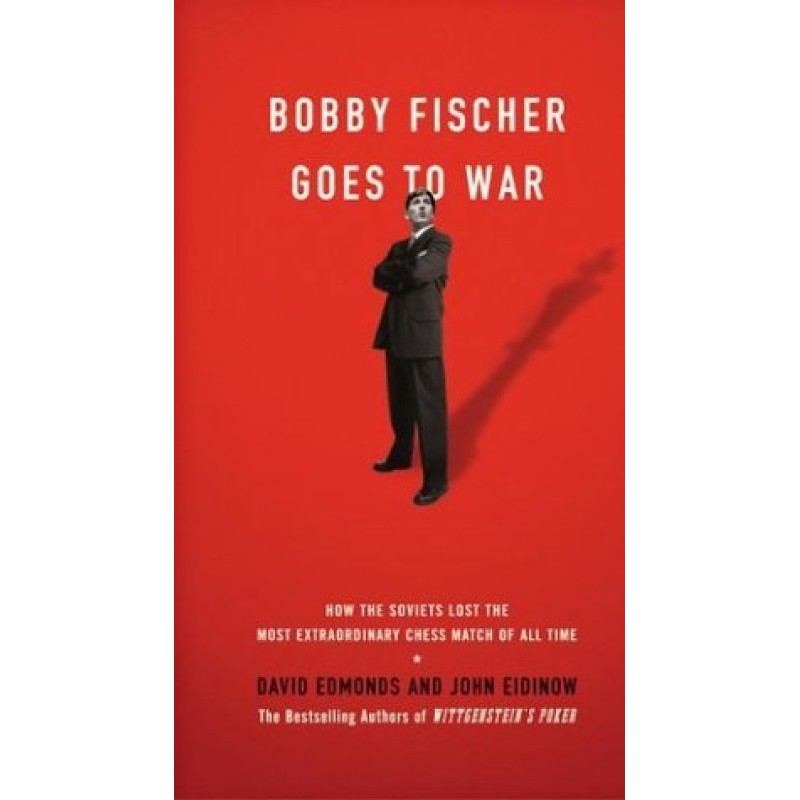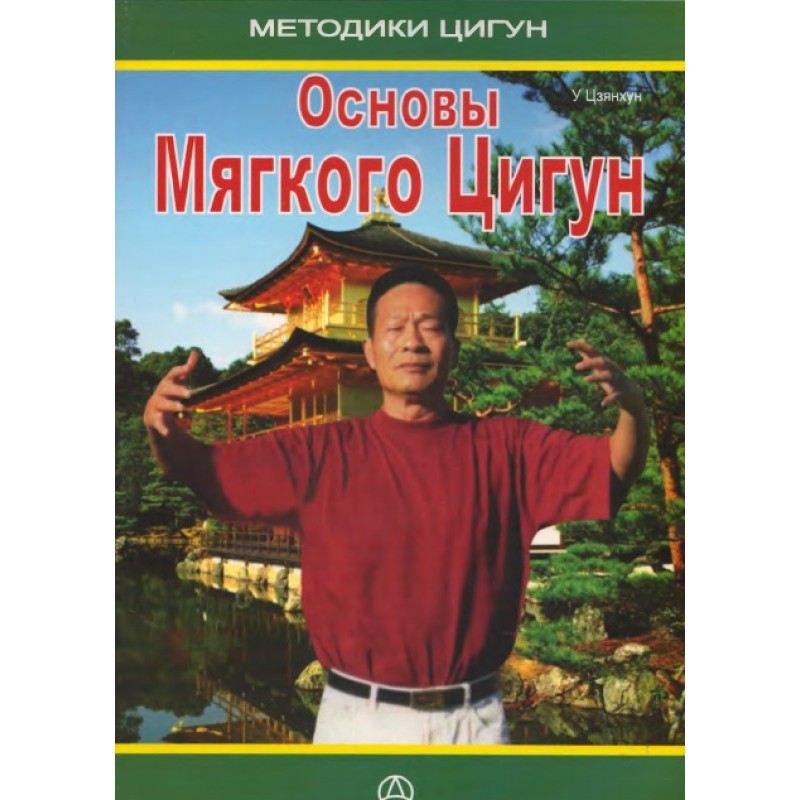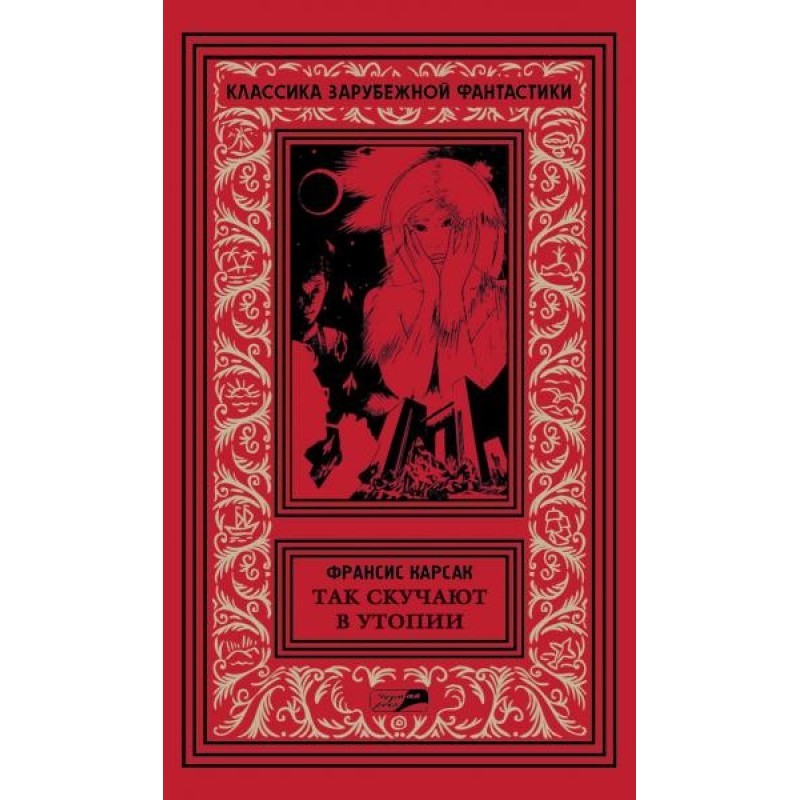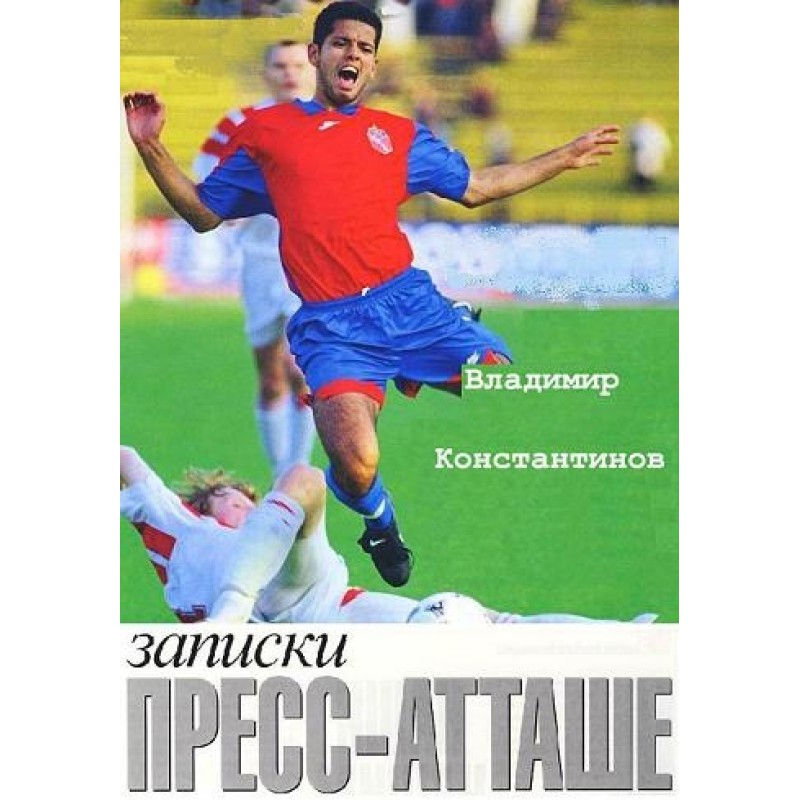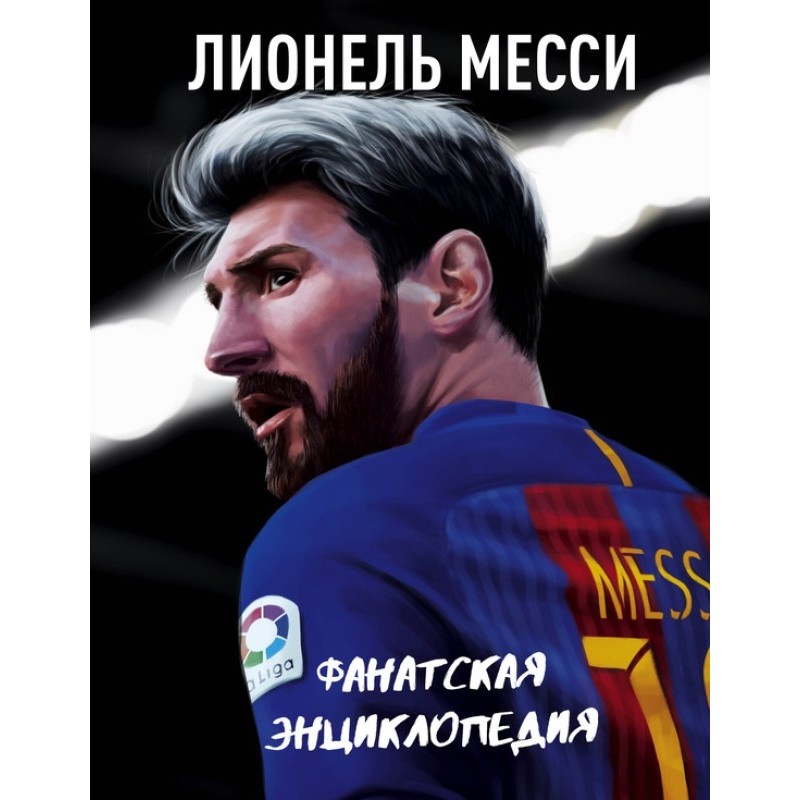Divine Fist Masutatsu Oyama
 Instant download
Instant download
after payment (24/7)
 Wide range of formats
Wide range of formats
(for all gadgets)
 Full book
Full book
(including for Apple and Android)
Oyama Masutatsu (1923-1994) - “Divine Fist”, legend of modern karate. The founder of Kyokushin karate
The master, whose merits as a reformer are recognized by everyone, even enemies and envious people, played a huge role in returning karate-do to the true spirit of Budo.
Oyama was born in Korea, in 1923. Graduated from high school in Seoul. From the age of 9 he studied local martial arts. In 1938, when he was 15 years old, he went to Japan, where in 1941 he entered Tokyo's Takuseku University. In Japan, Oyama studied karate under Funakoshi Yoshitaka and Funakoshi Gichin, and soon received 2nd dan. At the same time, Masutatsu attended the Kodokan and a few years later received the 4th dan in judo.
In 1943, he interrupted his studies at the university and joined the army, where he continued to practice karate, but now it's Goju-Ryu. By the end of the war, Oyama already had 4th dan. In 1947, Oyama won the First All-Japan Karate Tournament and from that moment on he devoted himself entirely to karate. In 1948, he retired to the mountains, devoting himself to the life of a hermit.
By Returning to the world in 1949, Oyama, in order to popularize karate and self-promotion, began organizing demonstration fights with bulls.
In 1950, Oyama fought a bull for the first time in front of spectators. After being hit in the forehead with a fist, the animal sank to the ground, but did not fall on its side. It also took a blow with the edge of his palm, knocking off his horn. The following fight with the bull was filmed by the Shichiku studio. Oyama later recalled:
“It was an interesting proposal, which I had been waiting for a long time. If the film was successful, I intended to fight with a bear and a tiger. By doing this, I hoped to arouse even more people's interest in karate. But, although the film was indeed a success, there was no sequel. It turned out that the bear and the tiger were too expensive, and there were protests from the animal welfare society...
I intended to immediately grab the bull by the horns, throw him to the ground and knock off one of his horns before he will get back on his feet. But this bull weighed at least 600 kg, he was strong, and I was not able to knock him down in the first minute. And a minute later I felt something terrible: the bull hit me with its horn. Blood sprayed. Everything darkened around me - the sky, the sun, and the sparkling sand...
And at that moment, miraculous power gushed from the depths of my nature. In a moment I forgot about my pain and weakness. IN In the shining unearthly light, I clearly saw how a huge black mass fell in front of me, taking with it my death, I grabbed the bull by the neck with one hand and bent it to the ground. Then, he hit the horns with the edge of the palm of his other hand four times in a row, once on one and three times on the other. But in vain. Then I realized that I needed to add the strength of a bull to my strength, to hit him in the oncoming movement when he was getting up from the ground. I loosened my grip and struck as I was rising. The horn finally broke, and I showed it to the public.”
In total, he fought 52 such fights and in 3 of them killed a bull with punches. Thanks to the activity of the media and film companies, Oyama became known throughout Japan.
In the 50s, Oyama could often be found at the Gojukan dojo in the Asakusa district of Tokyo, where the legendary "Cat" Yamaguchi. In 1956, demonstration performances and a demonstration fight took place between Oyama and the head of the Japanese school of Goju-ryu, Yamaguchi Gogen, organized by the Toke Maiseki Shimbun (Tokyo Daily Evening Newspaper) newspaper, and two years earlier, Yamaguchi awarded Oyama the 7th dan of Goju-ryu and the title of kesi.
Starting in 1952, Oyama, in order to popularize his concept of a new school of karate, made a number of international tours, causing a real sensation in the West. He fights with fighters of all styles and styles, breaks thick boards and stones, crumbles tiles and breaks the horns of bulls, in a word, he stuns the imagination of the audience.
"The method of my training is completely different from that of boxers or wrestlers. Their goal is was to bring down the opponent with a series of blows in motion, but I trained with the goal of defeating the enemy with one blow. I think there are few people whom I could not defeat in one blow. And if I didn’t get the first blow clean, then my opponents couldn’t withstand more than three blows. The first stopped them, the second made them go cold, and the third sent them into touch. It was a test of strength and traditional training techniques. If I trained like them, I would not be able to defeat them using sheer strength."
Due to his stunning success, upon returning to his homeland in 1954, Oyama opened his first dojo, which turned into to a real Mecca for fighters from all over the country. They are attracted both by the personality of the master and by the truly revolutionary approach to karate as a budo art. The students who came to Oyama during this period. subsequently they made the glory of Kyokushin, becoming brilliant masters. From their training and sparring, the Kyokushin style was born. However, in the 50s this name itself did not yet exist, and this style was simply called “Oyama karate”. Since then, Kyokushin has become one of the largest styles of karate.
Oyama himself taught karate to thousands of people, but only a few can boast that they saw with their own eyes how he sparred. The fact is that in 1956, Oyama received a serious knee injury, and after that he almost never fought seriously. Therefore, only those students who came to him in the short period between 1954 and 1956 can describe his fighting style.
In 1963, Oyama built the headquarters (hombu) of his karate school, which in 1964 received official name Kyokushin kaikan - Palace of the Society of Absolute Truth.
In 1966, a small team of Oyama's students, consisting of Kurosaki Kenji, Nakamura Tadashi and Fujihira, accepted the challenge posed by representatives of Thai boxing, and in a match with the strongest Muay Thai fighters, in Bangkok , won with a score of 2:1, maintaining the reputation of karate. Document
Since 1969, when the first All-Japan Open Karate-do tournament was held, the sports development of the Kyokushin style began. Subsequently, such championships began to be held annually, and in 1975 the First Open Kyokushin World Karate Championship took place.
"In order to train selflessly for hours, every day, a person needs to give up ordinary pleasures and relaxation. He must have a strong a sense of self-denial, a sense of purpose, which will help him in overcoming temptations. A person whose mind is burning with the desire to learn everything on the chosen Path will devote every possible minute to training."
Until the very last days of his life, Oyama conducted training in Hombu, being a shining example of true masters of Budo.
Data sheet
- Name of the Author
- Алексей Горбылев Михайлович
Олег Артеменко - Language
- Ukrainian
- Release date
- 2001

